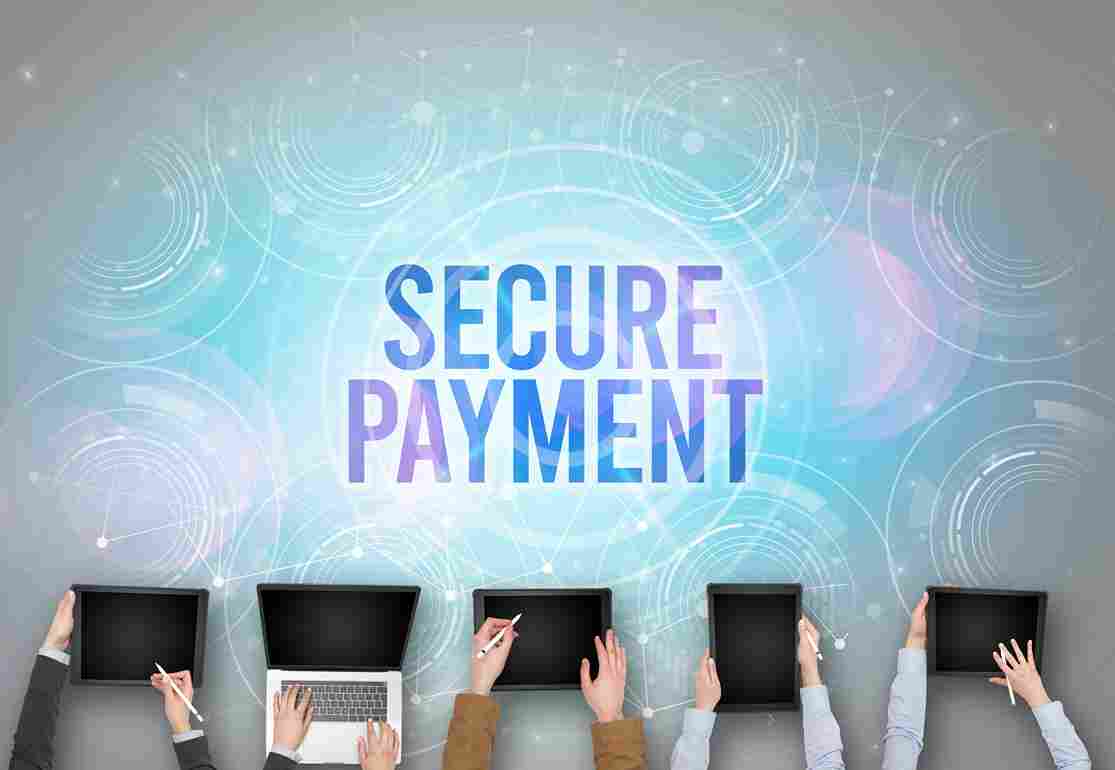
Introduction
In the world of digital shopping, a well-designed payment page is like a warm invitation to stay, to commit, to connect. It’s more than a transaction; it’s the final chapter of a customer’s journey, where trust is sealed and satisfaction begins. The payment page should feel effortless and welcoming, balancing simplicity with security. Here, we’ll explore the art of creating a user-friendly payment page that’s both smooth and secure, leaving a lasting impression and encouraging customers to return.
1. Embrace Simplicity in Design
When it comes to payment, less is truly more. A cluttered, overwhelming payment page can drive customers away just when they’re ready to commit. Let the page breathe with whitespace, and choose a clean, minimalist layout that guides the user’s eye naturally.
- One Page, One Goal: Avoid distractions like banners or pop-ups. Keep the focus entirely on completing the purchase.
- Clear Path Forward: Use large, easily recognizable buttons like “Proceed to Payment” and “Complete Purchase” that guide the user confidently.
Let simplicity be your anchor, so customers feel focused and reassured.
2. Prioritize Security and Transparency
Trust is the bedrock of every payment interaction. Display security badges—trusted symbols like SSL certificates, PCI compliance, or recognized payment provider logos—to remind users they’re in safe hands. Use concise messaging to explain that their information is protected.
- Reassuring Words: Include a line or two near the payment fields, such as “Your payment is secure and encrypted.”
- Visible Contact Information: Make it easy for customers to reach support in case they have questions. This extra layer of transparency builds trust and confidence.
A payment page that feels secure invites customers to complete their journey without hesitation.
3. Optimize for Mobile Magic
Many shoppers are browsing and buying on the go. A mobile-optimized payment page is essential to capture these users, giving them a seamless experience that feels custom-built for their screens.
- Responsive Design: Ensure your page adjusts smoothly across devices, keeping all buttons and fields within reach.
- Simplified Fields: Typing on mobile can be cumbersome, so keep fields minimal and utilize autofill to speed up the process.
With a mobile-friendly design, you’re making it easy for customers to purchase anywhere, anytime, turning convenience into conversions.
4. Offer Payment Options Abundantly
Different customers, different preferences. Providing a range of payment options—from credit cards to digital wallets like Apple Pay or Google Pay—offers inclusivity that feels thoughtful and inviting.
- Popular Methods First: Show commonly used options first, with recognizable icons that add a touch of familiarity.
- Localized Payments: If your audience spans across countries, offer options that reflect their preferences. For instance, in India, consider adding options like UPI; in Europe, PayPal is widely trusted.
A range of payment methods ensures every customer feels valued and comfortable proceeding with their preferred choice.
5. Keep Forms Short and Sweet
Forms can be the hurdle that slows everything down. Streamline by asking only for essential information. Long, tedious forms can create hesitation; keep it short, and customers will stay engaged.
- Autofill and Error Prevention: Enable autofill and automatically detect errors before submission to ease the process. If a mistake is made, help the user gently by highlighting the field with a clear explanation.
- Progress Indicators: If you have multiple steps, add a progress indicator. It’s a gentle reminder of how close the customer is to completing their purchase.
Simple forms are not just easy; they’re inviting, making the final steps feel like a breeze.
6. Add Visual Reassurance with Order Summaries
A final glance at their order gives customers the reassurance they need. An order summary should appear prominently on the payment page, detailing their items, prices, and any applied discounts or taxes.
- Editable Details: Allow users to go back and make adjustments if needed. This flexibility shows understanding and respect for their time and choices.
- Total Transparency: Display a clear breakdown of costs, including taxes and shipping. No surprises at the last minute—just clarity and trust.
An order summary assures customers they’re in control and keeps everything transparent, so there’s no room for doubt.
7. Craft a Warm, Grateful Thank You Page
The journey doesn’t end when they hit “Confirm.” A beautifully designed thank you page adds the perfect final touch, leaving customers with a positive, memorable experience.
- Show Appreciation: Thank them genuinely, and consider adding a note like, “We’re thrilled to have you as a customer.”
- Next Steps: Let them know what to expect next—order confirmation, shipping details, or even a link to track their order.
A heartfelt thank you leaves a lasting impression, making the customer feel appreciated and valued.
Conclusion
Creating a user-friendly payment page is an art that balances design, security, and empathy. By keeping it simple, transparent, and thoughtful, you’re crafting an experience that not only completes a transaction but builds a bridge of trust. Your customers will leave with more than a receipt—they’ll carry the feeling that their experience mattered, that every detail was for them. In a world of fleeting transactions, let your payment page be the one they remember as effortless, comforting, and worth coming back to.












